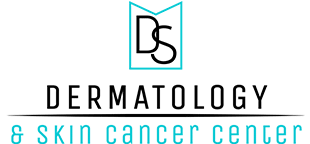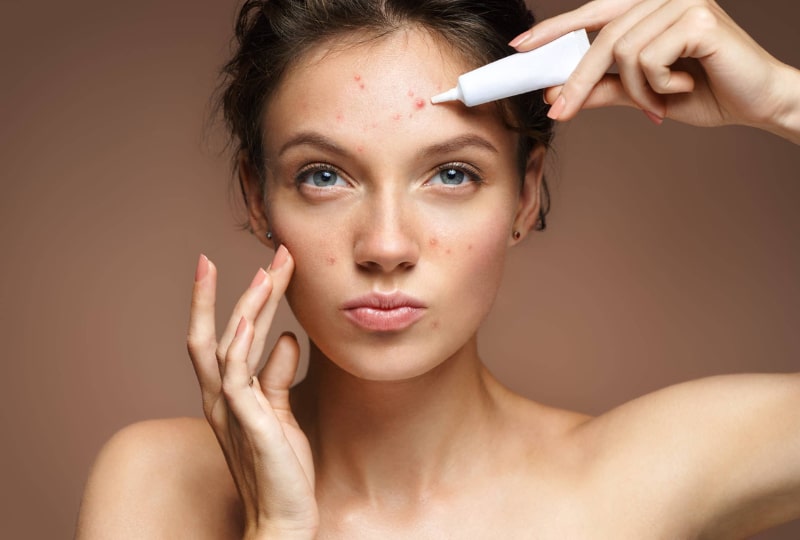Acne is a common condition that affects many people, especially teens and young adults. Fortunately, dermatologists have many treatments available to help reduce the symptoms of acne and improve skin health. In this blog post, we’ll explore how dermatologists treat acne, including topical creams and antibiotics, hormone therapy, laser therapy, photodynamic therapy (PDT), and comedone extractions. Additionally, we’ll discuss how to prevent acne breakouts and answer some frequently asked questions about acne treatment.
Meta Description:
Acne is a common skin condition that affects many people, especially teens and young adults. It can cause redness, swelling, and pimples on the face, neck, chest, back, shoulders, and other areas of the body. While there is no cure for acne, treatments are available to help reduce and prevent further breakouts. In this blog post, we’ll explore how dermatologists treat acne and provide tips on how to prevent future breakouts.
Topical Treatments for Acne
Creams and Ointments
Acne is often treated with topical creams and ointments. These medications contain active ingredients that can reduce redness, swelling, and inflammation associated with acne. Common topical treatments include benzoyl peroxide, salicylic acid, and retinoids. These medications may be used alone or in combination with other treatments to improve results.
Antibiotics
Oral and topical antibiotics are also used to treat acne. Antibiotics work by reducing the number of bacteria on the skin, which can help reduce inflammation and prevent future breakouts. Common antibiotics used for acne include doxycycline, tetracycline, and minocycline. These medications should be taken as directed and may need to be taken for several months to be effective.
Hormone Therapy
Hormonal therapies, such as birth control pills, are sometimes used to treat acne in women. These medications can help balance hormone levels and reduce the appearance of acne. It is important to speak with your dermatologist about the potential risks and benefits before starting any hormonal therapy.
Laser and Photodynamic Therapy (PDT) for Acne
Laser Therapy
Laser therapy is used to reduce the appearance of acne scars and reduce inflammation. It works by using light energy to target the cells that cause acne, reducing redness and swelling. Common laser treatments include pulsed dye laser and fractional CO2 laser.
Photodynamic Therapy (PDT)
Photodynamic therapy (PDT) involves the application of a photosensitizing agent, such as aminolevulinic acid, to the skin. This is followed by exposure to a specific wavelength of light, which helps to reduce inflammation and reduce the appearance of acne scars.
Comedone Extractions
Comedone extractions are a type of treatment used to remove blackheads and whiteheads from the skin. This procedure is done using a special tool that gently removes clogged pores and debris from the skin. In some cases, a comedone extraction may be done using lasers or other devices.
Conclusion: Acne is a common skin condition that can be effectively treated with the right combination of treatments. Topical creams, antibiotics, and hormone therapy are all options for treating acne. Additionally, laser and photodynamic therapies can help reduce the appearance of scars and comedone extractions can help remove blackheads and whiteheads from the skin. It is important to speak with a dermatologist about the best treatment plan for you.
Frequently Asked Questions:
Q1: What are the most common treatments for acne?
A1: The most common treatments for acne include topical creams and ointments, oral and topical antibiotics, and hormonal therapies such as birth control pills.
Q2: Can laser treatments help reduce acne scars?
A2: Yes, laser treatments can be used to reduce the appearance of acne scars. Common laser treatments include pulsed dye laser and fractional CO2 laser.
Q3: Are there any home remedies for treating acne?
A3: There are a number of home remedies that can help reduce the appearance of acne, including applying a warm compress to the affected area, using an over-the-counter topical cream or ointment, and washing the face twice daily with a gentle cleanser. However, it is important to speak with a dermatologist before trying.

